3 Shad Spawn Lures that Catch Big Bass
The shad spawn is currently unfolding in many parts of the country providing ample and awesome opportunities to catch big bass. Professional bass angler Grae Buck hails from smallmouth country in Pennsylvania, but he’s quick to recognize the fun of the shad spawn, “It’s not as prominent of northern fisheries, but it’s an awesome deal that I’ve gotten to exploit in several places across the country.”
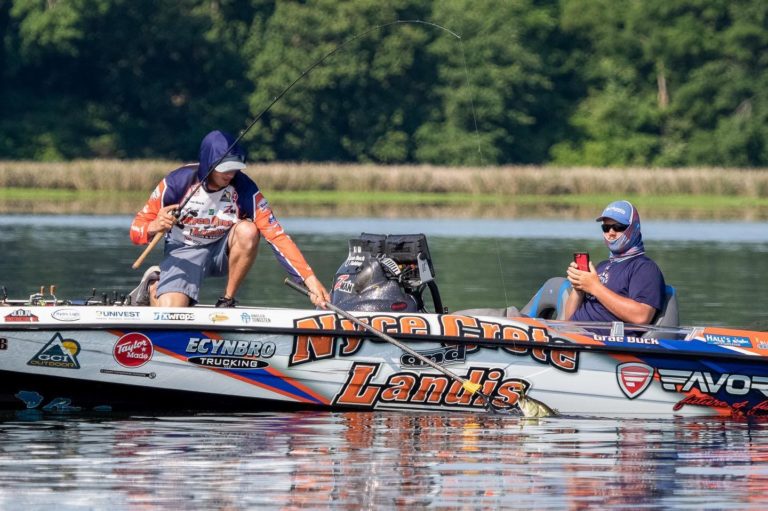
Largemouth bass target spawning shad with ferocity, and an angler that can find the shad doing their thing will also find aggressive bass.
Seasonal timing is critical with all spawns, but the shad spawn is even more specific: “Shad spawn during the night, so the first 2 hours of sunlight is about the only time when this window of opportunity exists.” He adds, “Cloud cover and other forms of shad can extend this, but that is unreliable.”
Explaining the Shad Spawn
“Shad are broadcast spawners, which means they do not deposit their eggs anywhere specific,” Buck explains. “The females drop their eggs over an area and the males do the same with their stuff.”
While the optimal water temperature for spawning bass is 60-degrees, 70-degrees is when shad begin to spawn. Thus, this occurs during the bass post-spawn, a time when bass are recovering from the stress of spawning and desperate for easy, nutritious meals.
Finding the Shad
Finding the shad requires the sacrifice of sleep. “The best way to find the shad spawn is to get on the lake 30-40 minutes before sunrise and look for it. I begin looking at riprap, but they will spawn on any hard bottom. Usually, they spawn between 1-3 feet deep.” These depths make a Megaware KeelGuard and SkegGuard extra important because of the high probability of making contact with the bottom.
Expensive electronics are not necessary. “Use your eyes. Bass and spawn will be busting the surface. Birds will be circling overhead and diving down on them. Shore birds like egrets and herons will also be there.”
“If I don’t get on the water soon enough and am preparing for a tournament, finding shad on the electronics may clue me in on where they will spawn, but besides that, I rely on my eyes.”
“There will be thousands of them in the same small areas! This attracts big numbers of bass, and their diet is strictly shad. While many lures will work, it is most advantageous to choose lures that mimic the shad.”
"The best way to find the shad spawn is to get on the lake 30-40 minutes before sunrise and look for it. I begin looking at riprap, but they will spawn on any hard bottom. Usually, they spawn between 1-3 feet deep."
Grae Buck
3 Lures for the Shad Spawn
“Shad spawn up in the water column, and they will actually try to spawn with the Jackhammer!” Buck exclaims. “No matter the lure, cast it directly into the shad. You want the lure to hit them. I prefer a ½-ounce in the Razor Shad color because it looks like a shad. This is a bigger bait, but with so many bass in a small area, this will catch the bigger fish.
Buck uses a 741 Favorite Phantom Cranking Rod with a 7.3.1 gear ratio Favorite Soleus XCS reel. He ties the Jackhammer to 17-pound test Seagar Invizx fluorocarbon line.
“I am not particular on the buzzbait, but it has to have a silver blade. It also has to have a ZMan Billy Goat! I take off the skirt and use a Pearl colored Goat.” His approach is the same with a topwater lure – throw it right on top of the shad. “When they surface I want this to go right over them.”
He uses the same tackle as the Jackhammer, except he uses the 731 version of the rod.
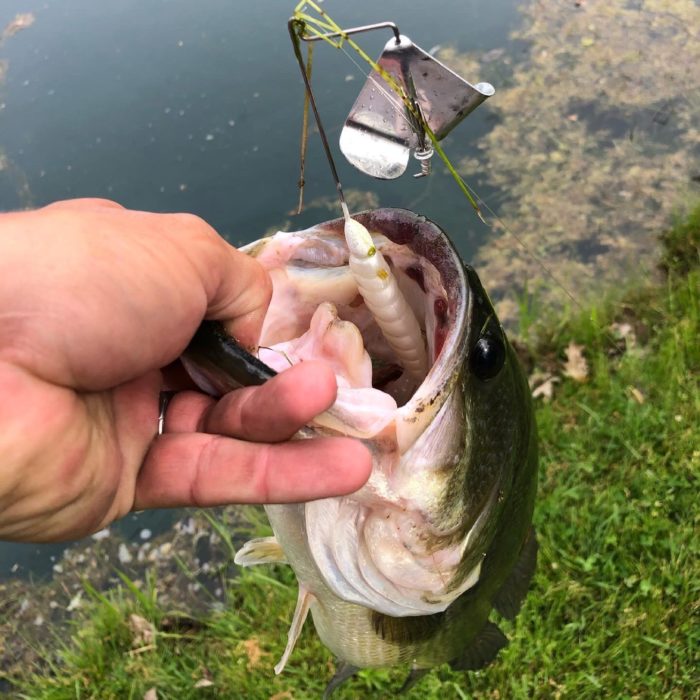
"I am not particular on the buzzbait, but it has to have a silver blade. It also has to have a ZMan Billy Goat! I take off the skirt and use a Pearl colored Goat."
Grae Buck
This square bill crankbait is retrieved the same way as the two others, but it is used for a different approach, “This is a smaller crankbait, and I use it whenever the bass in the lake are small or whenever I want more bites, because it tends to get more bites than the others,” Buck admits.
“It has a circuit-board bill, which means it has more flex. This is important because it will grind in against the hard cover like rocks, wood, and other debris. He uses a slower 6.3.1 gear ratio Favorite reel for a slower presentation and also uses a 701 model of the same rod. He swaps out the factory hooks on the crankbait for size 4 Hayabusa TBL 930 treble hooks. “It is not often that I lose a fish with these hooks.”
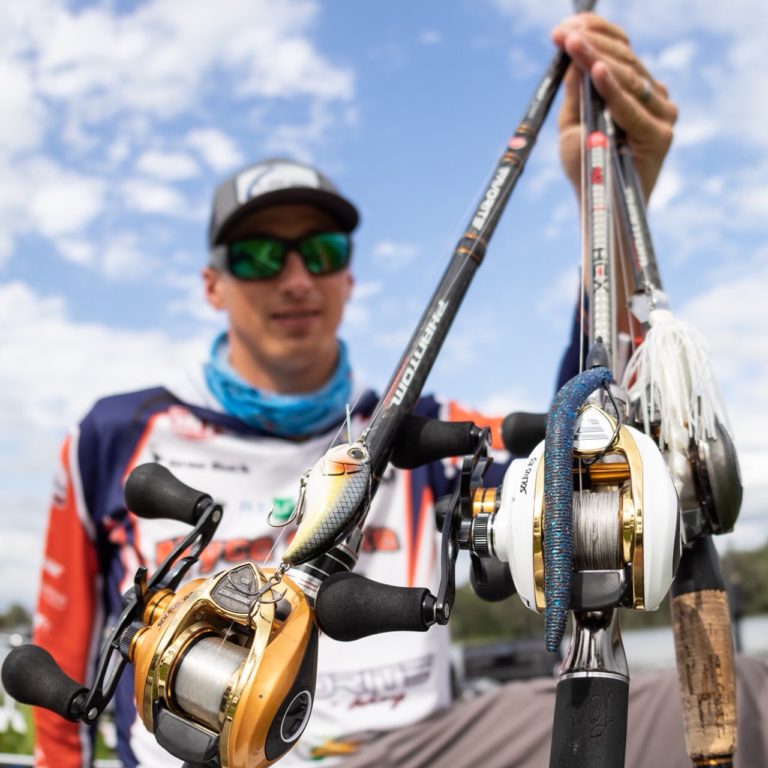
If your fishery has a good population of shad, especially threadfin shad, keep your eyes open for the shad spawn!
For more great information from Grae, check out these blogs: Grae Buck’s Top 3 Lures for Fall Smallmouth Bass, Choosing the Right Hook to Catch Bass, and Catching Cold Water Reservoir Bass with Grae Buck, and don’t forget to check out his Facebook, Instagram, and YouTube!

Andrew Buss
Andrew Buss resides with his family in the great state of Indiana. When he’s not fishing, creating YouTube videos or running the Hunter of Fish Bass Circuit, he poses as a school teacher. If you’d like to see more from the #hunteroffish check out his social media channels.
DID YOU ALSO SEE?
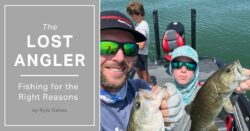
Fishing For The Right Reasons

Fishing as a Co-Angler: Benefits, Challenges, and Techniques
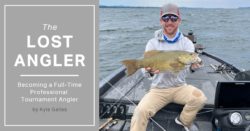


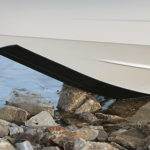
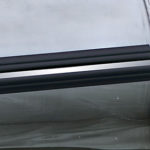
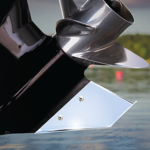

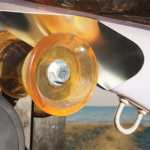
Comments